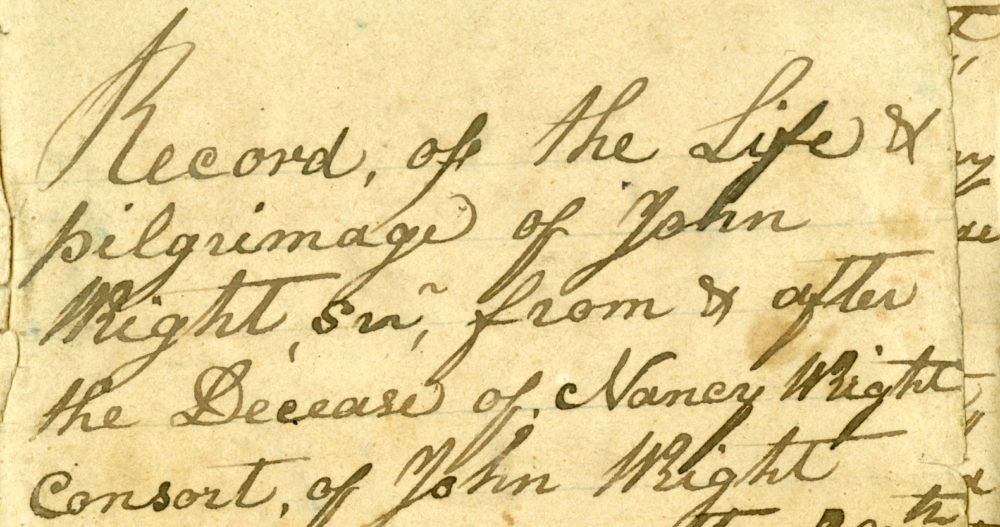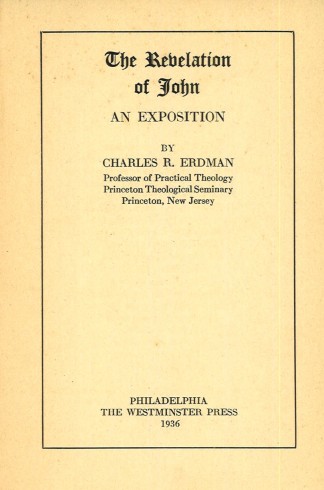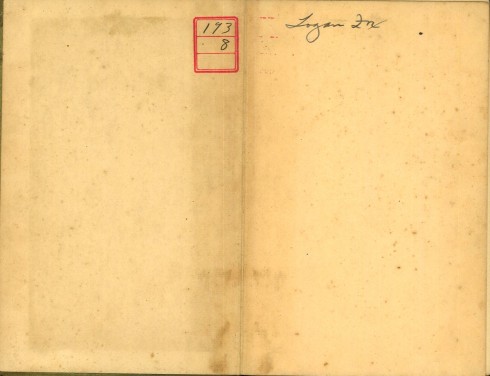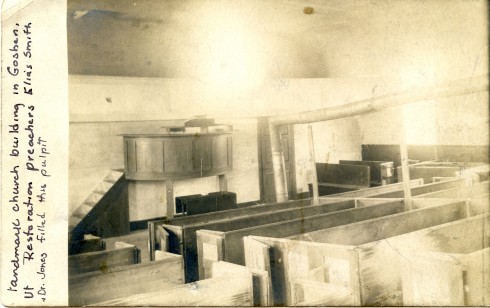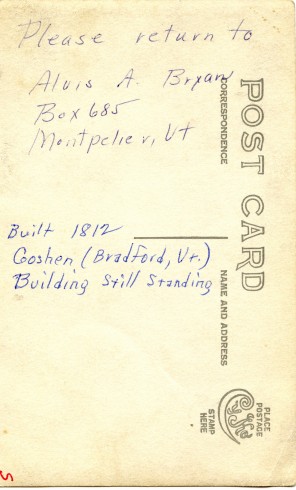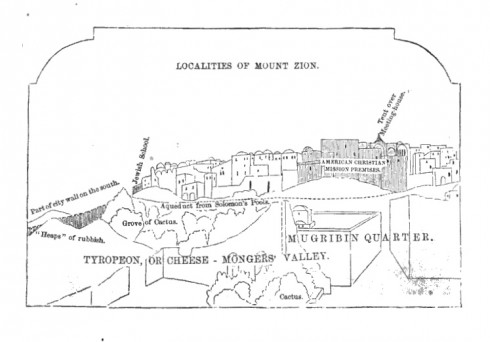Son of Harry Robert Fox, Sr., Logan Fox was born in Tokyo on 20 October 1922. He studied at David Lipscomb College (Nashville, TN), University of Syracuse (Syracuse, NY), George Pepperdine College (Los Angeles, CA) and the University of Chicago (Chicago, IL) before returning to Japan in 1948 to establish Ibaraki Christian College. He served Ibaraki as Dean and President.
This slim volume on Revelation by Charles Erdman bears Logan’s signature in the front. In the rear is the ever-present and familiar convention of library books…the check-out slip. We do not know all the resources available to Fox as he studied and taught at Ibaraki, but this volume is among them. A. Hashimoto also read Erdman…perhaps Logan’s personal library was available to the students at Ibaraki?
Published in Philadelphia, Erdman’s book served missionaries in Asia and eventually came back to the US to Memphis, TN. Finally, it came to Abilene, Texas just a few days ago through the papers of another missionary, Joe D. Cannon, co-worker with Fox in the early years at Ibaraki. One item at time, one slip of paper, whether a letter or a sermon, or through photographs, scrapbooks, or former library books, we preserve the records of our past.
